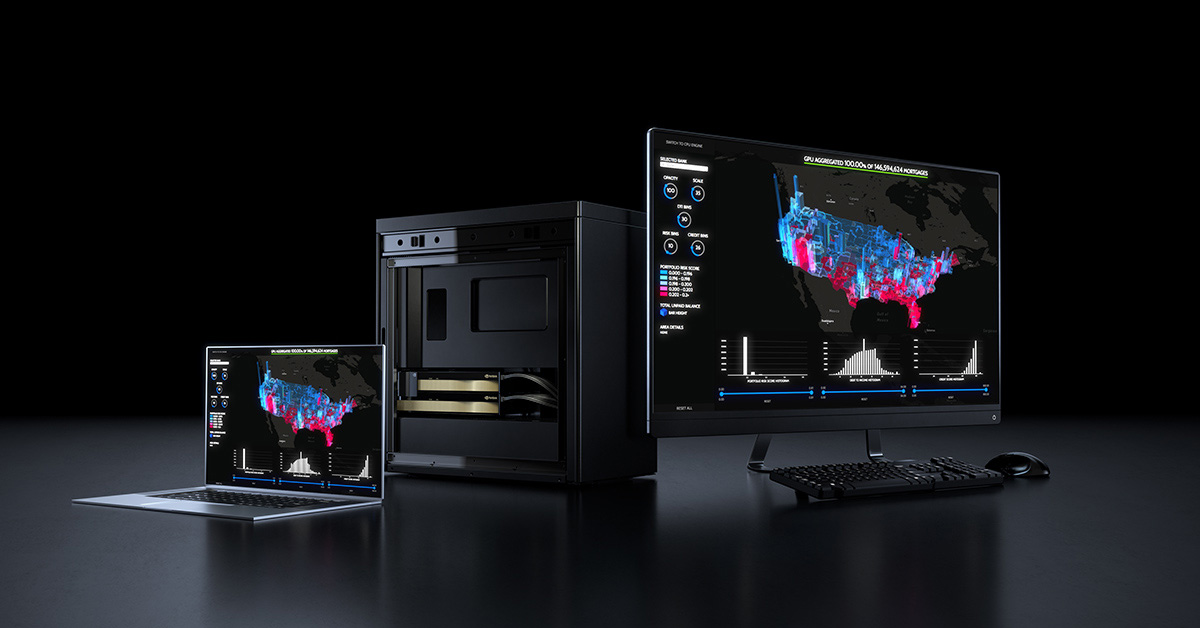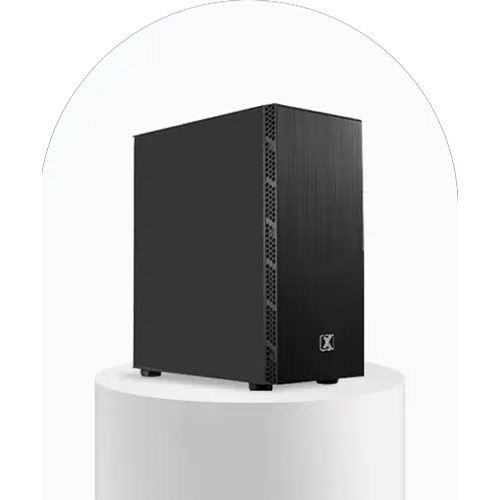For Professionals, By Professionals

Discover ProX PC for best custom-built PCs, powerful workstations, and GPU servers in India. Perfect for creators, professionals, and businesses. Shop now!
SERVICES
WE ACCEPT










The role of model training workstations has emerged as a pivotal force, reshaping the boundaries of computational power.
In the ever-evolving landscape of research and innovation, the role of model training workstations has emerged as a pivotal force, reshaping the boundaries of computational power. These advanced computing systems, meticulously designed and optimized for intensive tasks, have become the cornerstone of scientific breakthroughs across diverse fields.

At the heart of this revolution lies the profound impact of model training workstations on accelerating research endeavours. In disciplines ranging from artificial intelligence and machine learning to genomics and drug discovery, these workstations have ushered in a new era of efficiency and precision. By harnessing cutting-edge hardware components and leveraging state-of-the-art technologies, they empower researchers to tackle complex problems with unprecedented speed and accuracy.
One of the defining characteristics of model training workstations is their ability to handle high-end software usage seamlessly. Whether it's running sophisticated algorithms for data analysis, simulating intricate systems for engineering projects, or rendering lifelike visuals for immersive experiences, these workstations excel where conventional PCs falter. Their robust hardware configurations, comprising the latest processors, graphics cards, and memory modules, ensure unparalleled performance, enabling users to execute demanding tasks without encountering delays or bottlenecks.
In the realm of gaming, model training workstations have emerged as the ultimate platform for enthusiasts and professionals alike. With their unmatched processing power and graphical capabilities, they deliver immersive gaming experiences that push the boundaries of realism and interactivity. Whether it's exploring vast virtual worlds, engaging in intense multiplayer battles, or creating stunning visual masterpieces, gamers rely on these workstations to unlock the full potential of their favorite titles.
Moreover, model training workstations play a crucial role in empowering creators and designers to bring their visions to life. From video editing and graphic design to 3D modeling and animation, these workstations provide the tools and performance needed to unleash creativity and achieve professional-grade results. With their lightning-fast rendering times, real-time preview capabilities, and seamless multitasking features, they enable artists and designers to iterate rapidly and bring their projects to fruition with unparalleled efficiency.
Beyond their applications in entertainment and creative endeavors, model training workstations are driving ground-breaking advancements in scientific research and engineering. In fields such as genomics and bioinformatics, researchers leverage these workstations to analyze vast amounts of genomic data, unravel complex biological processes, and accelerate the development of personalized medicine. By harnessing the power of deep learning algorithms and neural networks, they can uncover hidden patterns in genomic data, identify disease markers, and optimize treatment strategies with unprecedented precision.
Similarly, in the realm of materials science and engineering, model training workstations are revolutionizing the way researchers design and optimize new materials with tailored properties. By simulating atomic-scale interactions and conducting virtual experiments, scientists can predict the behaviour of materials under different conditions, optimize their performance, and accelerate the development of next-generation technologies. Whether it's designing more efficient batteries for renewable energy storage or developing lightweight yet durable materials for aerospace applications, these workstations are driving innovation at the forefront of materials research.
Moreover, in the field of climate science and environmental modeling, model training workstations are instrumental in simulating complex Earth systems and predicting the impacts of climate change with unprecedented accuracy. By integrating data from satellites, weather stations, and climate models, researchers can create comprehensive simulations of the Earth's atmosphere, oceans, and ecosystems, enabling them to assess the potential risks and develop strategies for mitigation and adaptation. From predicting extreme weather events to modeling the effects of deforestation and urbanization, these workstations are empowering scientists to gain new insights into the complex interactions shaping our planet's future.
Furthermore, in the realm of space exploration and astrophysics, model training workstations play a vital role in simulating the behaviour of celestial bodies, analyzing astronomical data, and unraveling the mysteries of the universe. Whether it's modeling the formation of galaxies, simulating the dynamics of black holes, or predicting the trajectories of space missions, these workstations provide astronomers and physicists with the computational power needed to push the boundaries of our understanding of the cosmos. By combining observational data with theoretical models, researchers can test hypotheses, refine their theories, and uncover new phenomena that challenge our existing paradigms of the universe.
Conclusion: Model training workstations represent a transformative force in research and innovation, pushing the boundaries of computational power and unlocking new possibilities across diverse fields. From advancing the frontiers of artificial intelligence and machine learning to accelerating discoveries in genomics, materials science, and climate modeling, these workstations empower researchers to tackle complex problems with unprecedented speed, accuracy, and efficiency. As we continue to harness the full potential of these advanced computing systems, the possibilities for discovery and innovation are truly limitless.
Workstation Products

AI Development Workstations
View More

Edge Inferencing Workstations
View More

AI Model Training Workstations
View More
Share this: